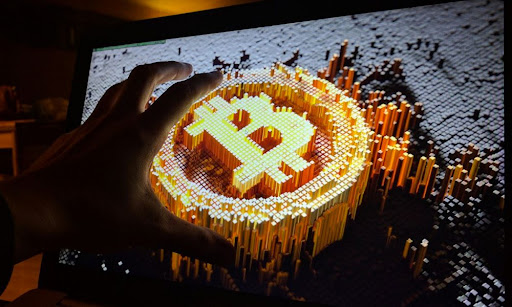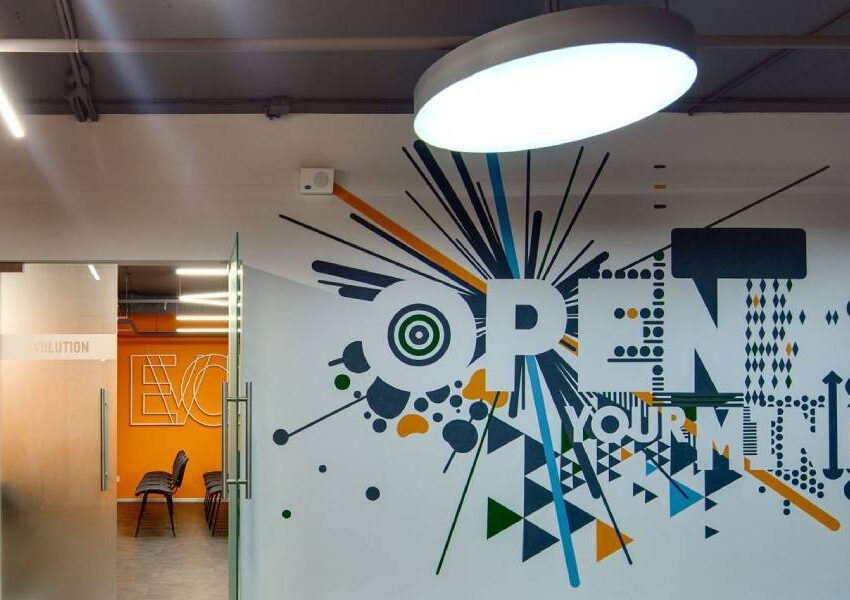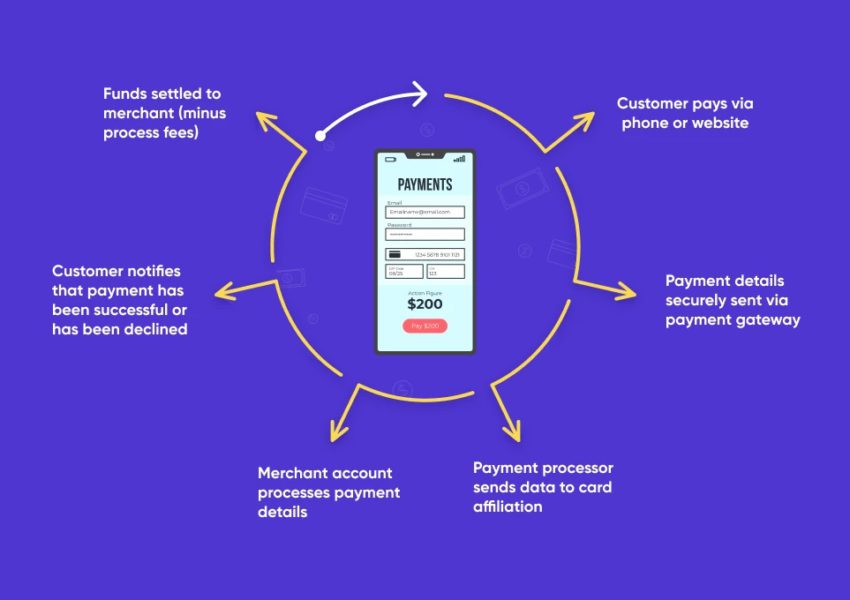Printed circuit boards (custom PCBs) are an essential component in many electronic devices, and the choice of PCB material can have a significant impact on the performance and cost of a project. In this article, we will explore the most common PCB materials and their properties, as well as the impact of material choice on performance and cost.
Different types of PCB materials
When it comes to PCB materials, the most commonly used are FR-4, polyimide, and metal core PCBs. FR-4 is a glass-reinforced epoxy laminate that is popular for its low cost, good insulation properties, and high thermal stability. However, it is not suitable for high-temperature applications and has a relatively low thermal conductivity. Polyimide, on the other hand, is a high-temperature resistant material that is often used in aerospace and automotive applications. Its main disadvantage is its high cost. Metal core PCBs are PCBs with a metal base material, usually aluminum or copper, that offers excellent thermal conductivity and is often used in high-power or high-heat applications. However, it is more expensive than traditional PCB materials.
Impact on performance
The choice of PCB material can have a significant impact on the performance of the final product. For example, high thermal conductivity is important in applications where heat dissipation is a major concern, and in such cases, metal core PCBs may be the best choice. Similarly, if the application requires high-temperature resistance, polyimide may be the best option. In addition, the dielectric constant of the PCB material affects the signal integrity of the circuit and can affect the performance of high-speed digital and RF circuits.
Impact on cost
The cost of PCB materials can vary widely and can have a significant impact on the overall cost of a project. For example, polyimide is more expensive than FR-4, and metal core PCBs are even more expensive. However, the cost of materials should be considered in relation to the desired performance of the PCB. In some cases, the higher cost of a specific material may be justified by the improved performance it offers.
Conclusion
When it comes to choosing a PCB material, it’s important to consider both performance and cost. FR-4 is a cost-effective option that offers good insulation properties and thermal stability, polyimide is a high-temperature resistant material that is often used in aerospace and automotive applications, and metal core PCBs are PCBs with a metal base material that offers excellent thermal conductivity. Ultimately, the choice of material will depend on the specific requirements of the application.








